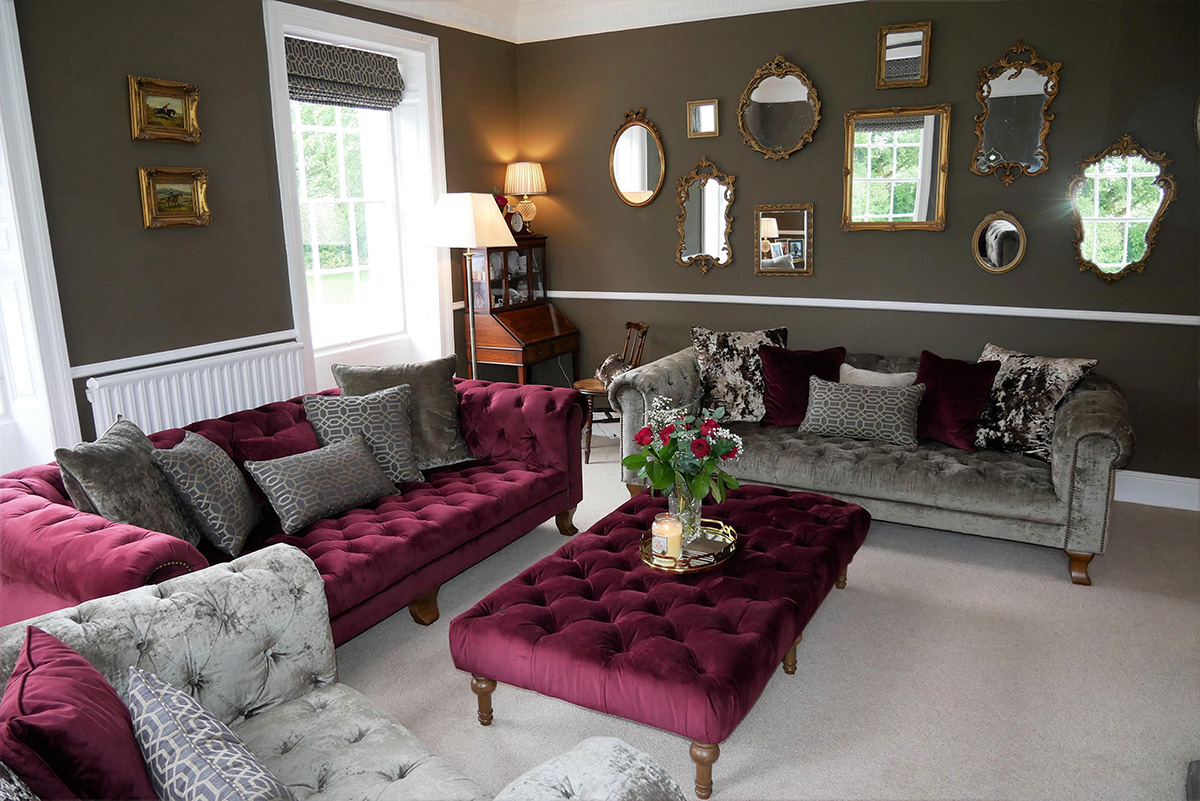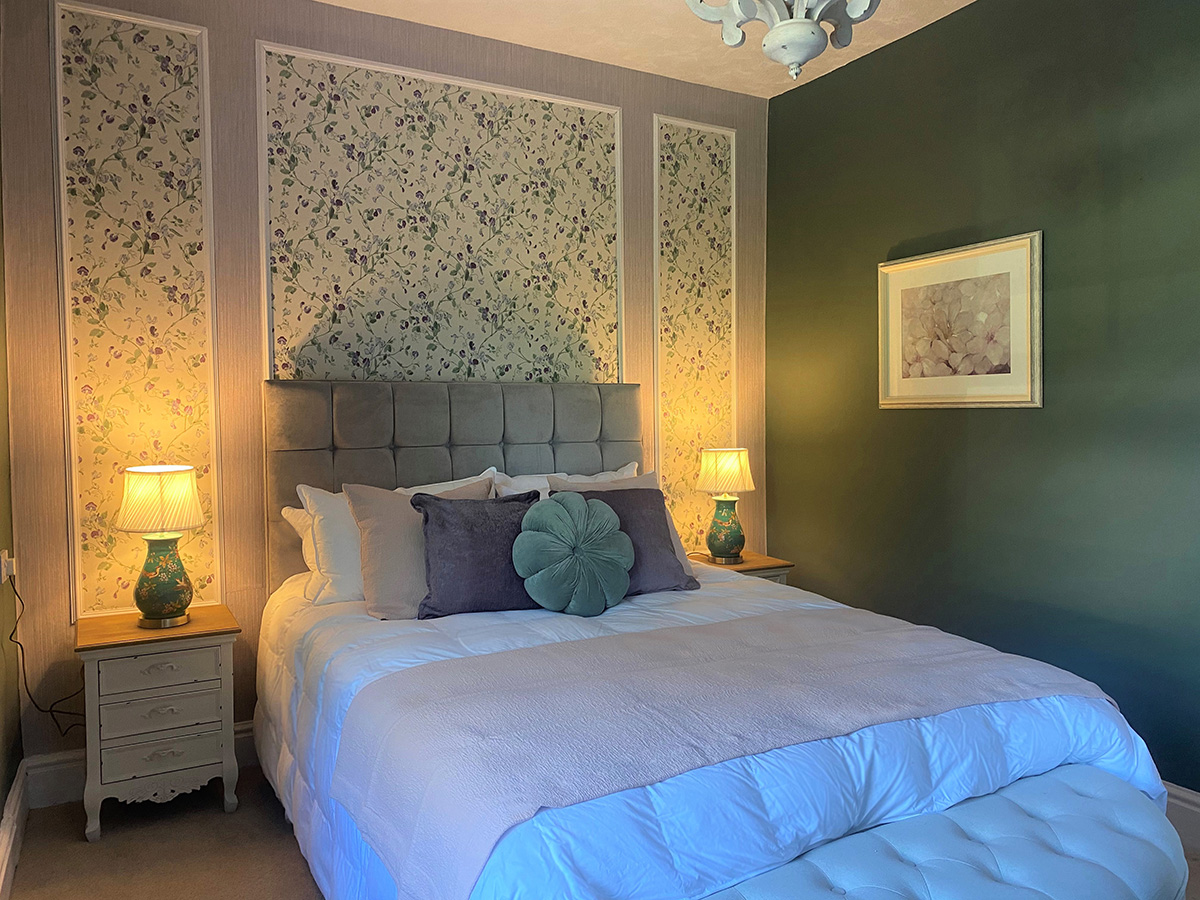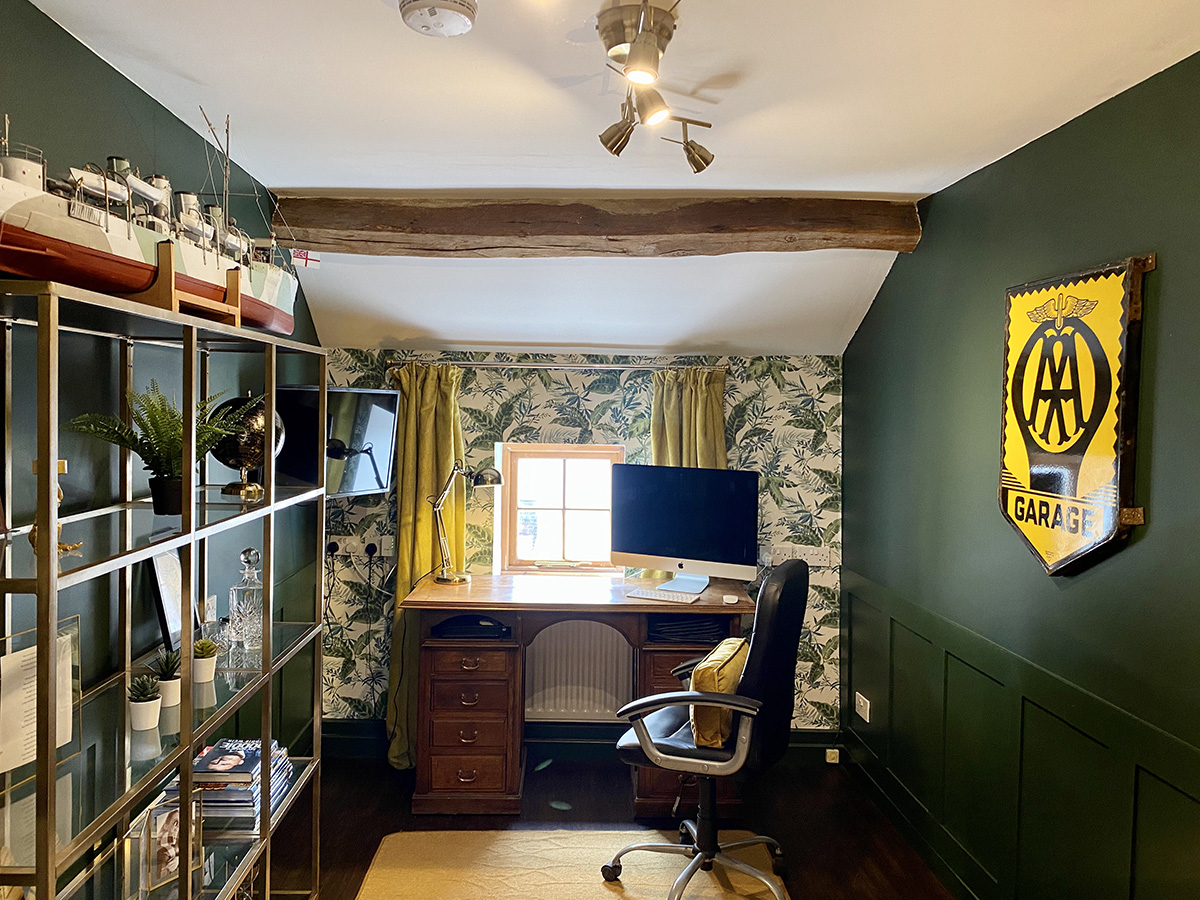How to furnish your home on a budget
Buying a home is an expensive process. And after budgeting for your mortgage and all the other necessary home buying fees, you then have to move in and begin furnishing your new place.
Is edging dangerously close to your overdraft the only option? Or are there really treasures to be found by raiding the local charity shops? We caught up with Katie Barker from interior designer Innermost Interiors , in Carlisle, who says there are some brilliant ways to furnish your new home on a smaller budget.
So, over to Katie - what are your top tips?

Budget over brand
There are lots of famous (and expensive) names in the world of furniture. But, as nice as it is to treat ourselves to a bit of luxury, it soon becomes costly to keep buying the biggest brands.
“There are so many ways to save money without going ‘cheap’ when it comes to furnishing a home on a budget,” says Katie.
We are all so attracted to big brand names. However, so many budget-friendly stores do imitations of furnishings which are much more affordable and still good quality.
“Almost anything can be found cheaper if you search the internet. Shops such as Ikea, Wayfair, and The Range are perfect for affordable furniture and B&M Bargains is also a fab place to buy accessories, cushions or throws which won’t break the bank.”
Get your priorities straight
When furnishing your home on a budget it’s important to prioritise some rooms over others in terms of total cost. Does it all need to be furnished at once or are there rooms which won’t be used as much which can wait?
“Kitchens and bathrooms are generally the most expensive spaces to redesign,” says Katie.
I always recommend trying more than one kitchen company to find the best price and design - these companies usually create a design for free.
“Sofas for living spaces will also need to be prioritised within your budget. It’s always worth spending more money on your sofas as these will last many years. ‘Buy cheap, buy twice’ is very relevant with items like this.”

Make a list
Researching the furniture you want to put in each room can be fun and it’s also a good way of keeping track of costs and staying within your budget. When you’re thinking about furnishing individual rooms try and decide on a consistent look, feel and style which all the items share. This will make for a much more satisfying and balanced space in the end.
“A large part of my job as an interior designer involves sourcing products and creating a specification - a list of things to buy - with prices, quantities, web link and other useful information,” says Katie.
“This is something I work from while I am managing the project or that my clients can use as an easy reference to order their own items.
“This is really helpful when you’re working to a budget as you know exactly what you’re spending before you purchase the items. It also means you have a record of everything you would like but you don’t necessarily need to purchase it all at once. This is perfect for helping people such as first home owners know exactly how much money they need to save to complete their home.”

Get hacking
Something that’s really on trend at the moment is ‘Ikea hacks’ and other DIY hacks, with lots of examples to be found on Pinterest and Instagram. A DIY hack basically means using your ingenuity and renovation skills to create something that looks great but doesn’t break the bank.
“An example of this is when I wanted gold chrome shelves for a client, which are usually really expensive. By buying a set of Ikea metal shelving and a can of gold metal spray paint I saved over £200 and they looked just as good,” says Katie.
Don’t forget budget furnishings can be painted and altered by changing their handles or feet or other parts to give them a much more premium finish for a lower price.
“Wood panelling is another example of this and is a huge fashion at the moment due to Pinterest. This can be created with strips of plywood or MDF, glued to the wall, sanded and painted to create a really expensive looking décor without the bespoke, joiner-made price tag.”

Secondhand isn’t second rate
It’s easy to get obsessed with making sure everything is brand new. But there are so many places to find high quality secondhand items these days. You can look online, but there are also loads of great secondhand shops, all with little gems hidden away in dusty corners. Shopping secondhand is fun, satisfying and can save you a serious amount of money.
“Antiques can be perfect if you’re buying an older house and they can also be upcycled to look brand new and suit a newer house,” says Katie.
“Facebook Marketplace is also fab to find furnishings which can sometimes be pretty much brand new and help you save a fortune.”